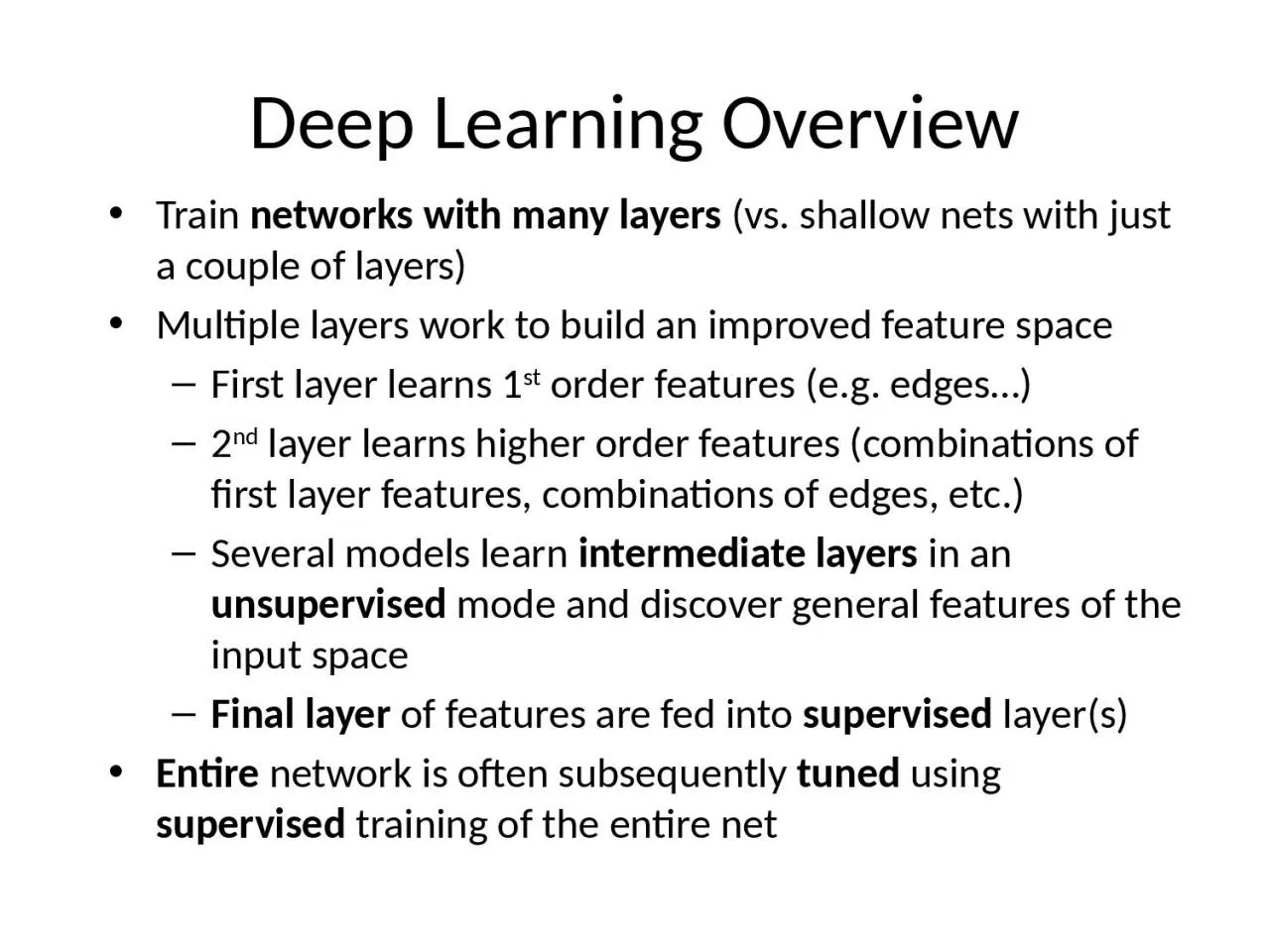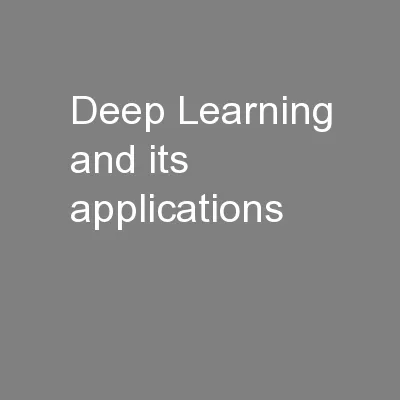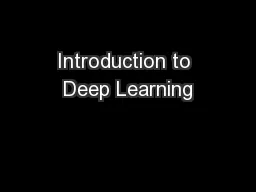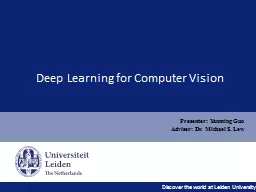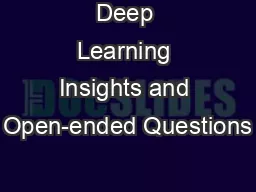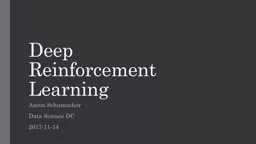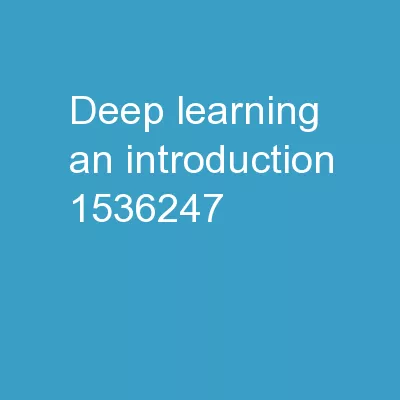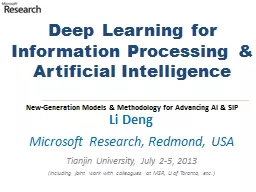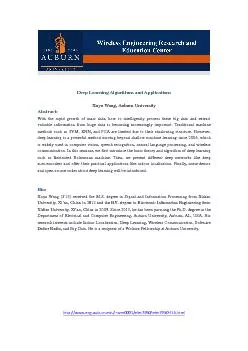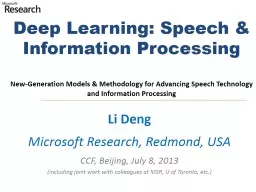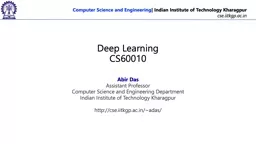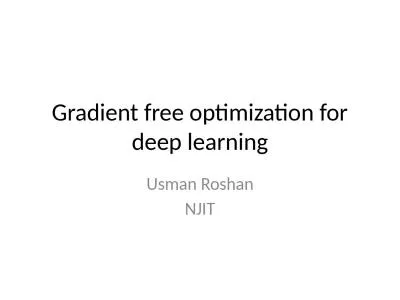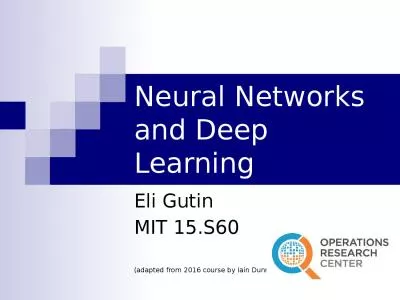PPT-Deep Learning Overview Train
Author : delcy | Published Date : 2023-10-04
networks with many layers vs shallow nets with just a couple of layers Multiple layers work to build an improved feature space First layer learns 1 st order features
Presentation Embed Code
Download Presentation
Download Presentation The PPT/PDF document "Deep Learning Overview Train" is the property of its rightful owner. Permission is granted to download and print the materials on this website for personal, non-commercial use only, and to display it on your personal computer provided you do not modify the materials and that you retain all copyright notices contained in the materials. By downloading content from our website, you accept the terms of this agreement.
Deep Learning Overview Train: Transcript
Download Rules Of Document
"Deep Learning Overview Train"The content belongs to its owner. You may download and print it for personal use, without modification, and keep all copyright notices. By downloading, you agree to these terms.
Related Documents

